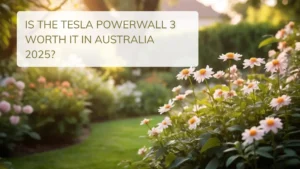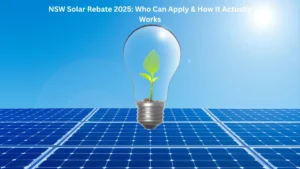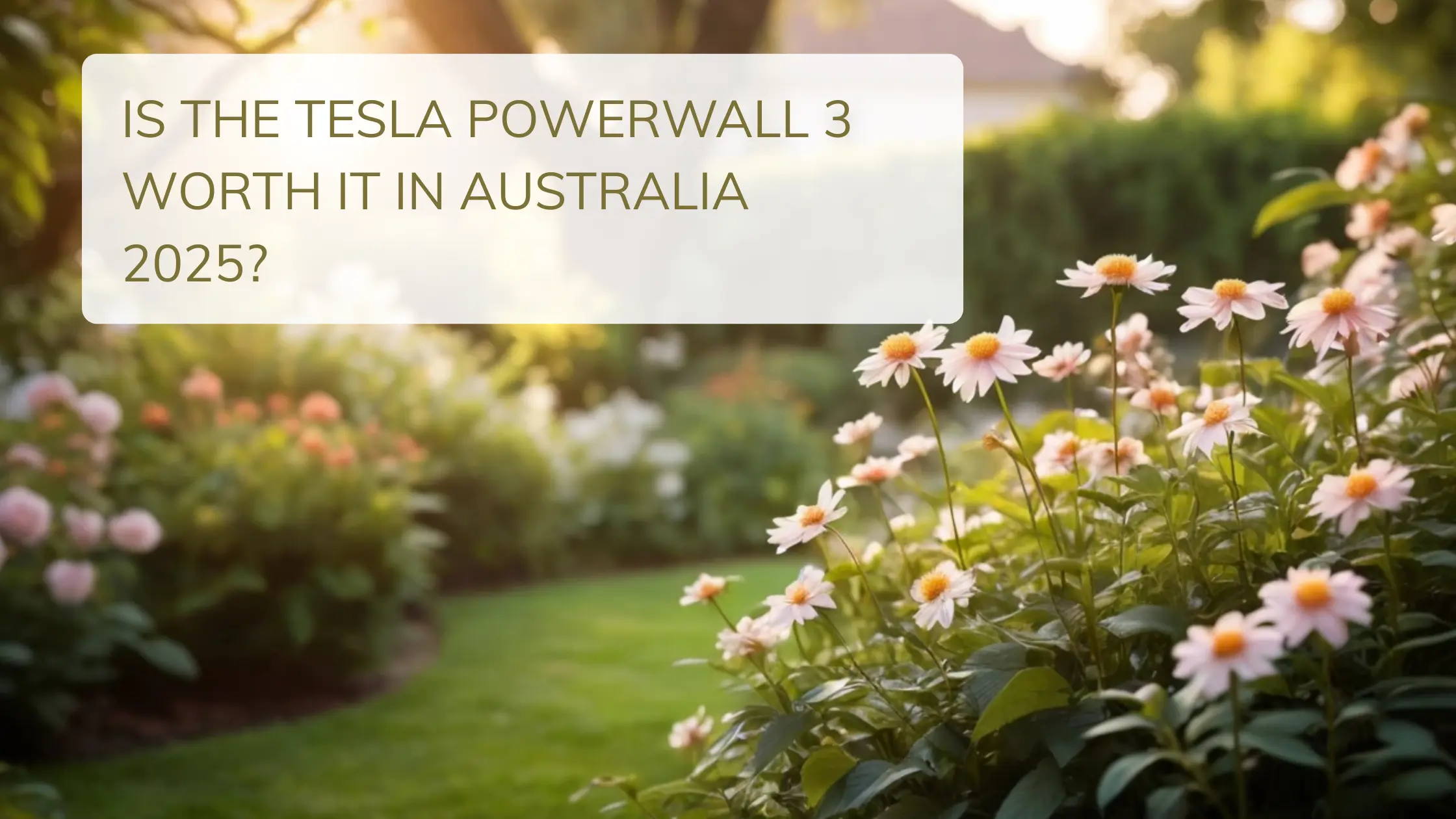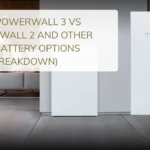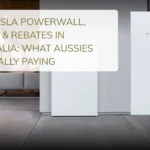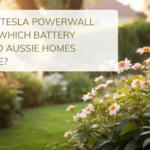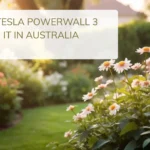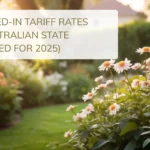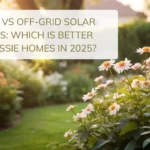Is the Tesla Powerwall 3 Worth It in Australia (2025)? My Honest Take
Alright — let me just say this upfront. If you’re expecting a clean-cut yes or no, this ain’t it. But if you want the messy, honest, no-BS version from a real Aussie homeowner who’s had way too many quotes thrown at him lately — you’re in the right place.
The Tesla Powerwall 3 officially hit the Aussie market early this year (2025), and, surprise surprise, everyone’s talking about it. My inbox has seen more Powerwall ads than I’ve had hot dinners. So, I figured — let’s actually break it down: what it costs, how it stacks up, and whether it makes real-world financial sense.
First, What Even Is the Powerwall 3?
If you’re totally new to this — the Tesla Powerwall is a home battery. You pair it with your solar panels, and instead of exporting excess power to the grid for peanuts, you store it to use later. The Powerwall 3 is Tesla’s newest model, and it’s… well, pretty fancy.
- 13.5 kWh usable storage (same as Powerwall 2, but better inverter)
- Integrated solar inverter (you don’t need a separate one if installing fresh)
- More backup power — can run large appliances during blackouts
- Sleeker install + better efficiency
Price? Roughly $15,000–$17,000 AUD installed, depending on your installer, setup, and whether you’re bundling with solar.
Why I Looked Into It
I live in outer Sydney — not totally rural, but blackouts are more common than I’d like to admit. Our bills hovered around $2,200 a year before solar. We got panels in 2021, and that brought bills down to $700-ish. Not bad, right?
But with feed-in tariffs tanking (we’re getting like 5 cents/kWh now), it started to feel silly exporting all that juicy solar to the grid for chump change. That’s when I started thinking, “Maybe a battery actually makes sense now?”
The Math (Don’t Worry — I’ll Keep It Simple)
Let’s assume the Powerwall 3 costs you $16,000 installed. Here’s what you save:
- You store excess solar instead of exporting at 5–7 cents/kWh
- You use that stored energy during the evening, instead of paying 30–40 cents/kWh
- If you use ~10 kWh per day from the battery, you’re saving ~$3.50/day
That’s ~$1,277 per year in savings. At that rate, your break-even is around 12–13 years — not amazing, but not terrible either.
But wait — that’s not the whole story.
Rebates Can Help (Sometimes)
NSW doesn’t offer huge battery rebates like SA or ACT, but you can access:
- Empowering Homes Loan: Zero-interest up to $14,000 (select regions only)
- STCs: If bundled with solar, you’ll get some incentives via the installer
- Virtual Power Plant (VPP) participation: Some retailers pay you to connect your battery to the grid
If you’re strategic — like joining a VPP, stacking solar and battery in one install, and shopping around — your effective cost might drop closer to $12k. Then the payback starts to make a lot more sense.
Okay, But Does It Actually Work?
Here’s where I bring in my mate Ben from Wagga Wagga. He installed a Powerwall 3 in February — early adopter, loves his tech. Here’s what he told me over a beer:
“Mate, it’s been bloody brilliant. We haven’t used a single kWh from the grid since March. The app’s a bit fiddly at first, but once it’s dialled in — magic.”
He’s got a 10kW solar setup and runs everything — EV charger, pool pump, ducted air — through solar + battery. Powerwall kicks in every evening, and he reckons he’ll be 90% off-grid year-round.
But It’s Not All Sunshine
Look, it’s not perfect. I’ve read a few forum posts (and heard through mates) that some early installs had bugs — mainly inverter firmware issues. Tesla’s support isn’t always lightning fast either.
Plus, if your daily energy use is low — say 4–5 kWh at night — you might not get full value from the battery. It really shines if your household burns through power in the evenings or you’ve got an EV.
Should *You* Get One?
Here’s my honest checklist:
- ✅ You’ve already got solar or are planning to install 6kW+ at the same time
- ✅ You use 10kWh+ at night (big family, electric heating/cooling, etc.)
- ✅ You experience blackouts and want backup power
- ✅ You’re staying in your home long-term (payback is 10–12 years)
If that’s you, then yeah — Powerwall 3 can be a smart investment. Not just financially, but peace-of-mind wise.
Alternatives Worth Considering
Not sold on Tesla? Fair enough. Here are some other solid battery options in 2025:
- Sonnen Evo: German-made, super durable, but pricey
- BYD Battery-Box: Modular, scalable, and gaining popularity
- Alpha ESS: Aussie-supported, VPP-friendly, solid warranties
They’re all cheaper than Tesla, but don’t quite match the software integration or backup power handling.
Final Verdict (TL;DR)
Is the Tesla Powerwall 3 worth it in Australia?
It can be — but only if your energy use and setup make it worthwhile.
For my household? We’re planning to install one mid-year, bundled with another 3kW of panels. I negotiated an $800 discount by joining a local VPP program and shaving a bit off the install by reusing the existing switchboard setup.
I won’t pretend it’s a no-brainer — but when I crunch the numbers and think about long-term energy independence, it’s a yes for us.
Got questions or want to share your Powerwall story? Drop a comment or flick me an email — always happy to hear from fellow solar nerds.
– The bloke with too many spreadsheets and a sun-powered fridge
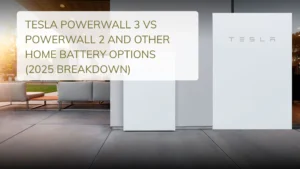
Tesla Powerwall 3 vs Powerwall 2 and Other Home Battery Options (2025 Breakdown)
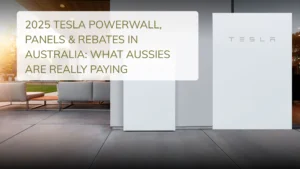
2025 Tesla Powerwall, Panels & Rebates in Australia: What Aussies Are Really Paying
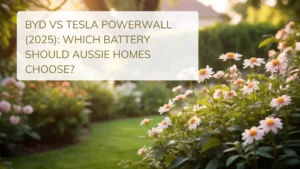
BYD vs Tesla Powerwall (2025): Which Battery Should Aussie Homes Choose?
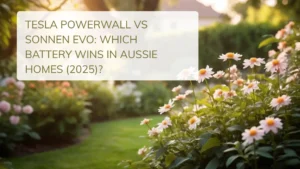
Tesla Powerwall vs Sonnen Evo: Which Battery Wins in Aussie Homes (2025)?
